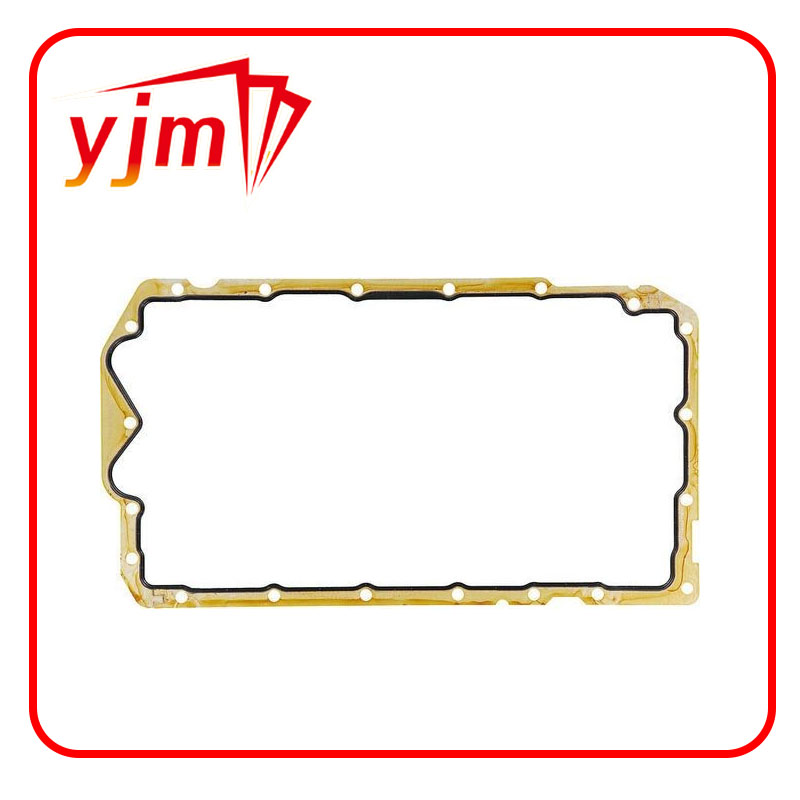High-Performance Oil Pan Gasket for Enhanced Engine Sealing and Durability
The Importance of the 305 Oil Pan Gasket A Key Component for Engine Longevity
When it comes to maintaining the health and efficiency of your vehicle's engine, few components are as crucial as the oil pan gasket. Specifically, the 305 oil pan gasket, designed for the 305-cubic-inch V8 engines commonly found in various Chevrolet models, plays a significant role in ensuring a smooth operation. In this article, we will delve into the function of the oil pan gasket, the signs of failure, and tips for replacement to help you keep your engine running optimally.
What is an Oil Pan Gasket?
The oil pan gasket is a sealing component situated between the oil pan and the engine block. Its primary function is to prevent engine oil from leaking out of the oil pan, which holds the engine's oil. The gasket is typically made of rubber, cork, or silicone materials, designed to withstand high temperatures and pressures that occur within a running engine.
Function of the 305 Oil Pan Gasket
In a 305 engine, the oil pan serves several purposes beyond merely containing the oil. It acts as the reservoir for the oil that lubricates the engine's moving parts, ensuring the engine runs smoothly. The oil pan gasket is essential for maintaining the integrity of this oil reservoir. A properly functioning gasket creates a tight seal, preventing oil leaks that could lead to a range of issues.
When the oil pan gasket is intact, it allows the oil to circulate freely throughout the engine, promoting efficient lubrication and cooling. This is vital for the longevity of engine components, as proper lubrication reduces friction and wear, ultimately extending the life of your engine.
Signs of Oil Pan Gasket Failure
Like any other component in your vehicle, the oil pan gasket can wear out over time. Recognizing the signs of a failing gasket is essential for preventing more severe problems down the line. Common indicators of oil pan gasket failure include
1. Oil Leaks The most obvious sign of a faulty oil pan gasket is the presence of oil leaks. You might notice oil spots on your driveway or underneath your vehicle, indicating that oil is escaping from the oil pan.
2. Low Oil Levels If you frequently need to top off your engine oil, it can be a sign that the oil is leaking through a damaged gasket. Low oil levels can lead to serious engine damage if not addressed promptly.
3. Engine Noise Insufficient oil due to a leaky gasket can lead to increased friction between engine components, resulting in unusual noises such as knocking or ticking.
305 oil pan gasket

4. Burning Smell If oil leaks onto hot engine parts, it can produce a burning smell that can be detected within the cabin of the vehicle.
Replacement of the Oil Pan Gasket
If you suspect your 305 oil pan gasket is failing, it’s crucial to address the issue as soon as possible. Ignoring it can result in significant engine damage and costly repairs. Here are some tips for replacing the oil pan gasket
1. Gather Tools and Materials You'll need a new oil pan gasket, a socket set, a torque wrench, and a gasket scraper for the job. Make sure to have the appropriate oil on hand for topping off your vehicle after the replacement.
2. Position Your Vehicle Safely lift the vehicle using jack stands, ensuring it's secure before you start working underneath.
3. Drain the Oil Before removing the oil pan, drain the engine oil to prevent spills and mess.
4. Remove the Oil Pan Unscrew the bolts of the oil pan carefully. You might need to tap it gently if it's stuck due to old sealant.
5. Clean the Surfaces Once the oil pan is off, clean the surfaces of both the oil pan and the engine block thoroughly. Old gasket material can hinder the new gasket's ability to seal correctly.
6. Install the New Gasket Position the new gasket properly on the oil pan and ensure a snug fit. Replace the oil pan, tighten the bolts to the manufacturer's specifications, and refill the engine with oil.
Conclusion
The 305 oil pan gasket is an essential component that plays a vital role in the maintenance and performance of your engine. By understanding its function and recognizing the signs of failure, you can take timely action to replace the gasket and ensure your engine operates smoothly. Regular maintenance checks and being proactive about potential issues will help extend the life of your vehicle and avoid costly repairs in the long run.
-
Simplifying Oil Changes: A Comprehensive Guide to Oil Drain Plugs and Their Variants
News Aug.04,2025
-
Mastering Oil Drain Maintenance: Solutions for Stripped, Worn, and Upgraded Oil Plugs
News Aug.04,2025
-
Fixing Oil Pan Plug Issues: Leaks, Stripped Nuts, and the Right Replacement Solutions
News Aug.04,2025
-
Everything You Need to Know About Oil Drain Plugs: Sizes, Fixes, and Upgrades
News Aug.04,2025
-
Choosing the Right Oil Drain Plug: A Guide to Sizes, Materials, and Drain Innovations
News Aug.04,2025
-
A Complete Guide to Automotive Drain Plugs: Types, Problems, and Innovative Solutions
News Aug.04,2025
-
The Ultimate Guide to Car Repair Kits: Tools and Essentials Every Driver Should Own
News Aug.01,2025
Products categories















